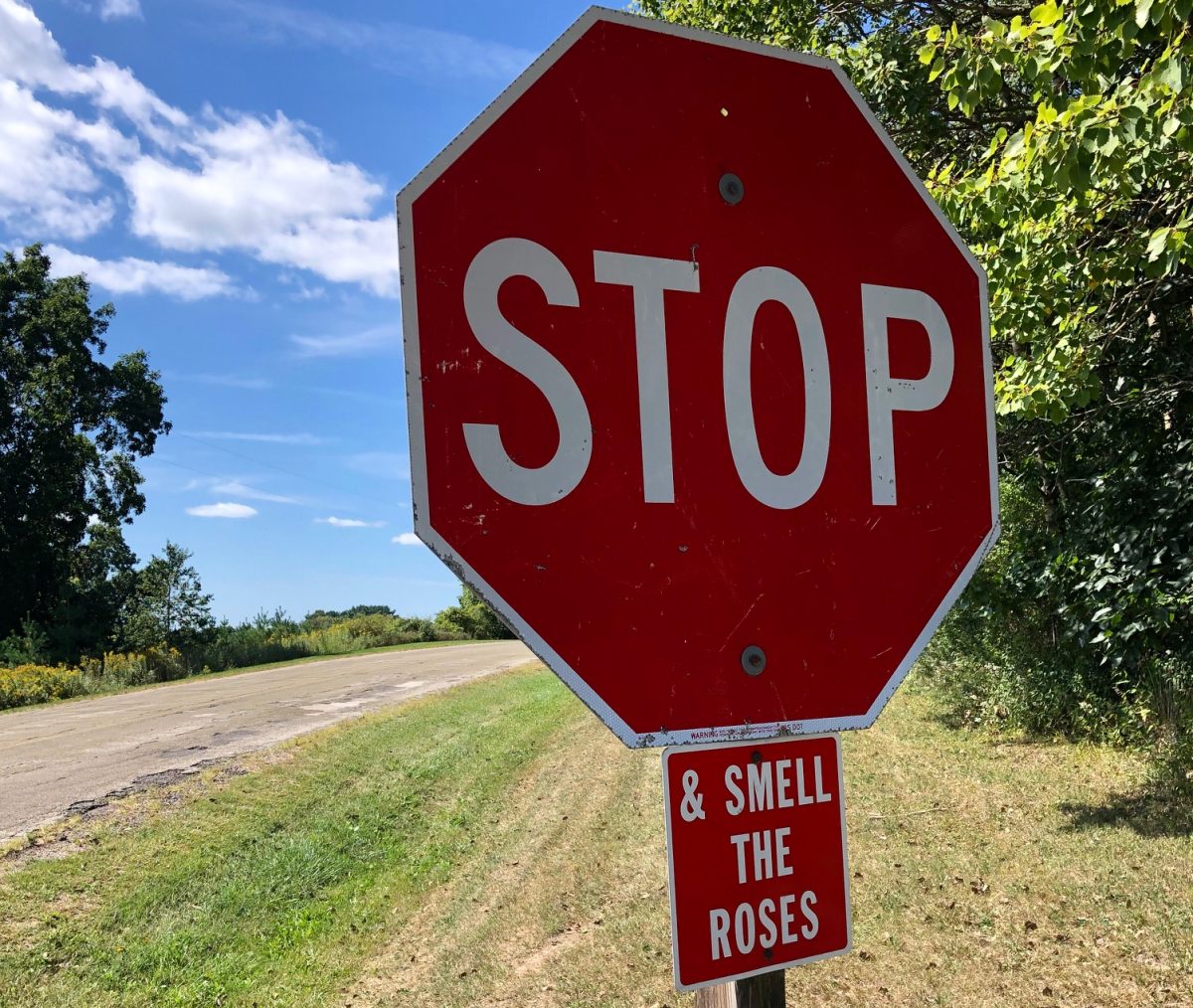When I was a kid we looked forward to the arrival of the big mail-order catalogs from Sears and Spiegel. We referred to them as “wish books” and pored over them to figure out what Christmas gifts to ask for.
Nowadays (I never thought I’d be using that word) catalogs seem to arrive on a daily basis. Some companies (you know who you are) send catalogs every week.

I was looking for a suitable image (hoping to find a Norman Rockwell-esque image of kids lying prone on the floor, feet in the air, looking at a catalog) to go with this thought but, instead, came across the gift I wanted for years and never got (and it’s not a Daisy Red Ryder carbine action two-hundred shot range model air rifle). It was a fake car dashboard so I could pretend to drive – one with working horn, turn signals, and windshield wipers. My parents thought it inappropriate. Kids shouldn’t drive ’til they’re 16, and driving is not a game, but to be taken seriously. Funny that I hardly ever drive now.
Anyway, last week I found myself looking, not through Christmas catalogs, but through listings for cross-state bike tours. While I know it will be years (if ever) before I can ride across the country again, maybe a state or two would suffice. A couple of riders from the Twin Cities last summer wore a variety of jerseys from South Dakota rides. South Dakota had some great riding, so I’m looking there. (Greg and Dawn, if you’re reading this, tell me what you think of some of those rides. Or were all your jerseys from Nebraska? You’ll have to do some fast talking to convince me to join you for that one.) The Finger Lakes and Adirondacks were great fun, so I’m looking at New York rides. One of these days I’ll do the GRABAAWR (Great Annual Bicycling Adventure Along the Wisconsin River) and I’m thinking about RAW (Ride Across Wisconsin), a one- or two-day ride across the state. And maybe it’s time to return to Cycle Oregon, which I rode in 1992.
a one- or two-day ride across the state. And maybe it’s time to return to Cycle Oregon, which I rode in 1992.
My summer 2019 travel budget will be taken up by nieces’ weddings out west, so I’m already thinking about 2020, with 2019 spent on day rides around here. Of course, 2020 is also the next Cycle America ride, which I won’t be on, though I may either join them across Wisconsin or buy them all a beer in Baraboo. If you’ve had a great (or terrible) experience with an organized cross-state or regional ride, tell us about it in the comments.
I know I linked to this before, but it’s time again. In 2011, my friend Keith Greeninger wrote the song “Hop in the truck”. It is sung from the viewpoint of a contractor looking to pick up casual labor to build a wall. Since our president has announced that he would be proud to shut down the federal government if congress doesn’t allocate several billion dollars to build a border wall, the half-fast cycling club dedicates this to the man of orange (not to be confused with the man in black):
https://m.youtube.com/watch?v=7rmx_YL9Vec&t=5s
So this post was written a couple of days ago and waiting to go up tonight…I’m listening to Astral Weeks by Van Morrison and realizing what this time was like musically 50 years ago – fall 1968 saw the release of “The Beatles” (AKA the White Album), “Beggar’s Banquet” by the Rolling Stones, “Memories” by Richard and Mimi Fariña, and the aforementioned “Astral Weeks”. Oh, and “Electric Ladyland” by Jimi Hendrix. An embarrassment of musical riches. And that’s just off the top of my head from stuff I’ve listened to recently.
I have one standard for Christmas music – it has to be something I’d listen to even if it wasn’t Christmas. So I’ll leave you with this from David Grisman’s Acoustic Christmas (not from 1968, but 1986):


 They warned us that it was cold and wet up there. Climbing the pass wasn’t so bad. At the top, no one stood around to rest or enjoy the view. It was time to head down. Employing my modern version of the age-old technique of stuffing newspapers in your jersey for insulation on chilly descents (I used a plastic grocery bag – no ink to run, and waterproof), I was back on my bike after a quick snack and collecting the sticker to prove I’d made it to the top. Collect all five and your receive an enameled pin to prove you did it. We were cautioned that there were corner marshals before all switchbacks, urging us to slow down. I’d seen them going up, when slowing down was not a problem.
They warned us that it was cold and wet up there. Climbing the pass wasn’t so bad. At the top, no one stood around to rest or enjoy the view. It was time to head down. Employing my modern version of the age-old technique of stuffing newspapers in your jersey for insulation on chilly descents (I used a plastic grocery bag – no ink to run, and waterproof), I was back on my bike after a quick snack and collecting the sticker to prove I’d made it to the top. Collect all five and your receive an enameled pin to prove you did it. We were cautioned that there were corner marshals before all switchbacks, urging us to slow down. I’d seen them going up, when slowing down was not a problem.
